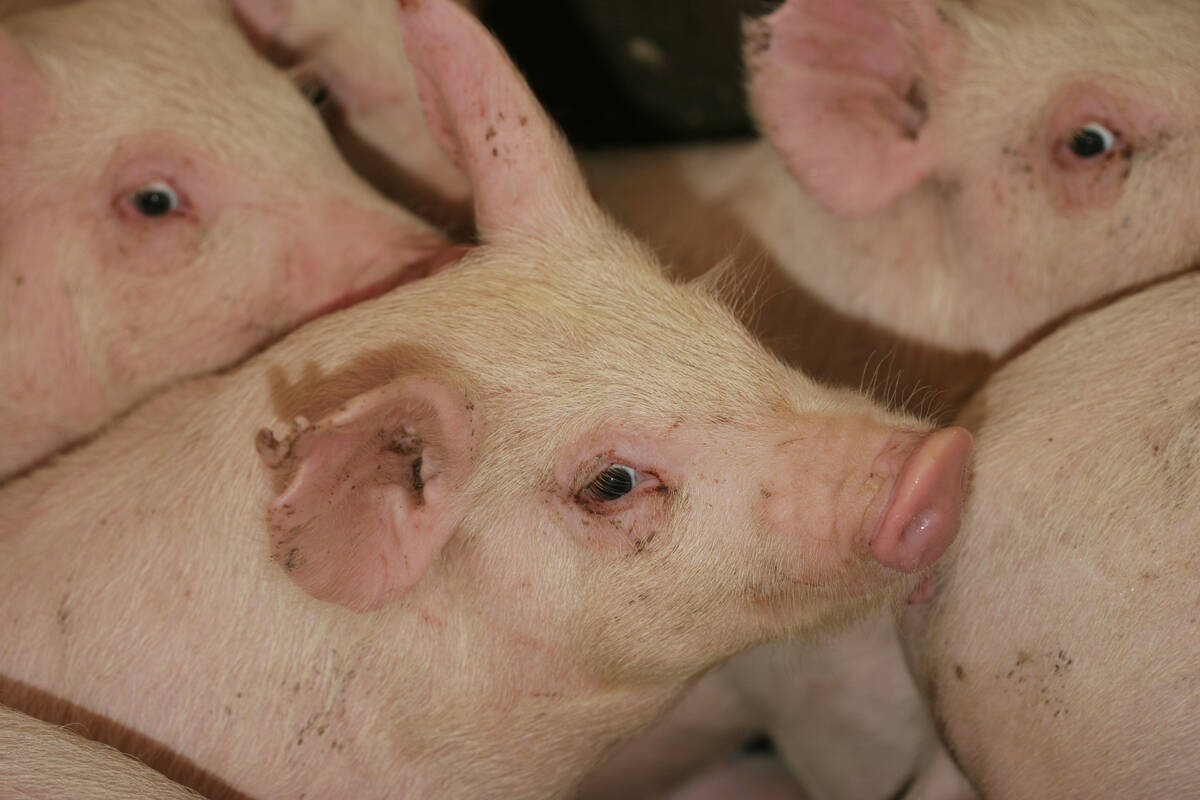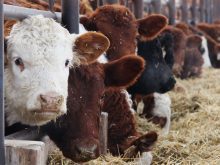The Manitoba hog industry feels like it has been facing the four horsemen of the apocalypse, but two of them may have turned around.
Andrew Dickson, general manager of Manitoba Pork Council, says producers hope that the defectors can turn the tide – at least temporarily – and save them.
“The future is going to unfold, hopefully, in the way these cycles have operated in the past,” he said in an interview after a state-of-the-industry address at the Manitoba Swine Seminar.
If the four-year price cycle hit its low point in the last quarter of 2008, as many analysts believe, then producers should face increasingly better prices for the next three years.
Read Also

The Western Producer Livestock Report – September 25, 2025
The U.S. national live price average for barrows and gilts was $81.21 Sept. 17. It was $78.37 Sept. 9. U.S. hogs averaged $106.71 on a carcass basis Sept. 17, up from $106.10 Sept. 9.
That’s something they badly need, Dickson said, because of the four factors that have been attacking them.
- The low point of the cycle, which brought losses for every hog marketed. If the low is past, then there is little to fear from this factor.
- Wild swings in the U.S.-Canadian currency relationship. Producers in Canada suffered far more than those in the United States when the Canadian dollar went over par. For many U.S. producers, most of 2008 wasn’t such a bad year because they were cushioned by their falling currency.
Now that the Canadian dollar has dropped, Canadian returns are comparatively better. Any sudden appreciation in the price of the Canadian dollar would hurt Manitoba producers.
- U.S. country-of-origin labelling has badly disrupted many Manitoba hog operations. Weanling producers have found U.S. buyers are reluctant to buy from Canada and few Canadians have been willing to step in and buy their animals.
Slaughter pig producers who have been shipping to U.S. plants have found most of that market shut to them, resulting in heavy losses.
- The Manitoba government’s moratorium on hog barn construction in the province’s main hog producing regions.
Dickson said there are reasons to be optimistic about the future of Manitoba’s hog industry, even if these factors have loomed large in the past year.
Producers have got rid of sows in the past year because of these four problems so there will not be as much oversupply in the next few years.
The U.S. market may be in question, but the domestic hog slaughter market is much better. Maple Leaf’s Brandon plant moved to 86,000 pigs per week in September 2008 and Hytek’s plant in Neepawa, Man., is getting ready to increase from 15,000 per week to 27,000 in 2010.
As well, Dickson said world pork demand is increasing, especially in China. If the industry can get through these near-term challenges, he added, there should be a better world ahead.
If prices have taken a multiyear turn higher, then some of the recent stresses should be more manageable. However, Dickson cautioned producers to be more active in hedging their risks because he believes the hog cycle is becoming more volatile and sudden drops can wipe out many gains.
“The problem we’re getting now is that the cycles are getting lower and higher,” he said.
“Are we going to get historically high prices? I don’t know. Are we going to get historically low prices? I don’t know. But I expect the range will be higher and lower than typical, which means producers will have to carefully manage their financial resources.
“It’s not so much on the ride up that you have to worry, but it’s the ride down, and how to survive the downs to get to the next high.”















